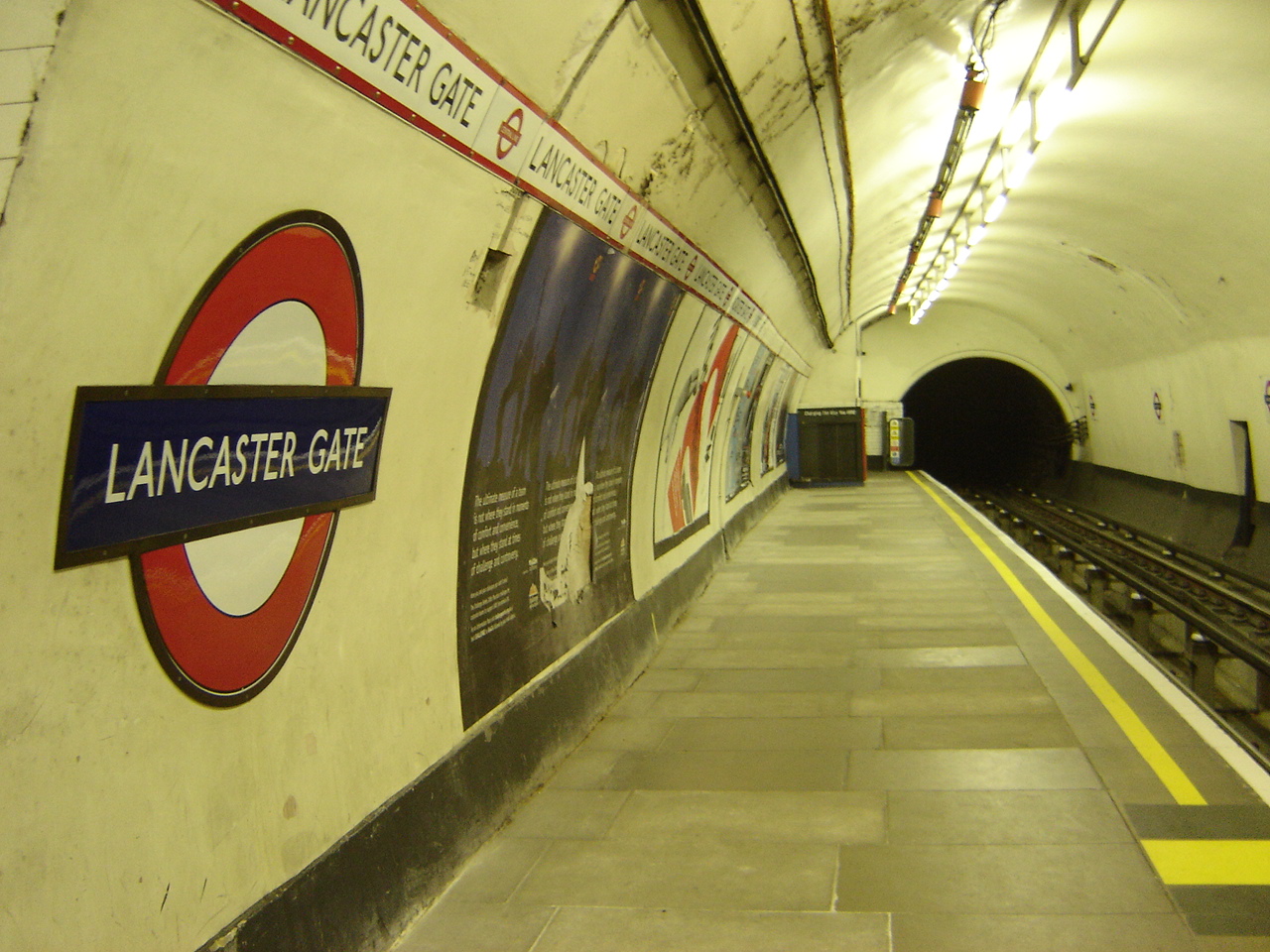This August, before becoming leader of the Labour Party, Jeremy Corbyn faced backlash in the wake of his proposed plan to prevent sexual harassment and assault on London’s public transportation network. The problem was neither his suggestion to add a woman-staffed hotline for sexual assault, nor creating cabinet posts about women’s safety, nor adding more guards at Tube stations. Instead, his idea of adding women-only train cars attracted the most criticism.
“I don’t believe that gender segregation is the answer,” Liz Kendall, who ultimately lost the leadership election to Corbyn, told the Guardian. “That’d be an admission of defeat, rather than a sustainable solution.”
Comments from other Labour Party members, as well as feminists and activists, emphasized the idea that these train cars would be regressive as opposed to progressive, in that they would normalize the idea that women ought to take steps to isolate themselves from men, rather than taking steps to keep men from misbehaving. Moreover, the public at large found the proposal patronizing or backwards; 82 percent of respondents to a Telegraph poll felt that the carriages weren’t the solution.
But for millions of women in Cairo, Tokyo, and Mumbai, these gender-segregated train cars are an important part of their daily commute, and are much touted by the government as a means to keep women safe from the advances of men. In India, where “Eve teasing” — sexual comments and unwanted touching — is common, women say that these safe space metro cars and buses put their minds at ease. Japan has increasingly introduced women-only train cars in the past decade after 64 percent of young women reported being groped on public transportation. And in Egypt, a wave of harassment in 2007 convinced the government that offering women-only options were worth the effort.
Trials in the developing world haven’t all been successes. After only six months, Jakarta’s commuter rail dropped gender-segregated cars due to low participation in women-only cars and overcrowding in those that were mixed. Rio de Janeiro’s women-only cars are largely unenforced and the distinction ignored.
There are key differences between the United Kingdom and these countries. Many have much higher rates of sexual harassment, lower female participation in the workforce, lower female educational attainment, or restrictive social practices. These markers, critics say, show that these countries have more institutionally entrenched sexism, suggesting these train cars are only an adequate measure in less egalitarian societies. As an editor for Telegraph said succinctly, “They are the preserve of less developed countries — and often those with shocking levels of gender inequality.”
Critics point out that the cars make women safe only for the length of their commute — once they step off the train, they’re again vulnerable to harassment. And though riding on a women’s-only car is voluntary, if enough women choose to ride them, those remaining in mixed-gender cars are immersed in a much more male-dominated atmosphere. Even supporters recognize that the cars are only a temporary solution and don’t address the root of the problem. Stopping sexual harassment is a long-term project that requires changing the conversation and the culture. While these train cars could be helpful in the short term, they could do more harm than good in the long run.
The problem is that there’s no consensus on whether or not they even prevent assault. A recent Guardian article titled, “Women-only carriages around the world: do they work?” merely answered the question with statistics about percentages of women in different industries and facts about their access to birth control, claiming measures of sexism as causes rather than giving results of the programs. Other recent articles focused on whether or not policies were still in place, with some commentary on how often rules were flouted, but few have brought in statistics about rates of sexual assault. No comprehensive studies have been done — though complaints have gone down in most countries where it’s been implemented, it’s unclear if sexual harassment has just shifted to other venues. And given the low rates of reporting, it’s difficult to know exactly what’s going on.
Due to the absence of statistics, the conversation around the train cars has devolved into a war of rhetoric, with anecdotes standing in for facts. Articles abound about British women riding women-only trains in Tokyo and Cairo; though all said they felt safer, they were divided on whether it could work in London. That the argument is politicized and exaggerated in the run-up to an election comes as no surprise, but it’s worth noting that Corbyn’s original suggestion came buried in a document full of other proactive changes in public transportation and was couched in hesitant terms about consulting women and pilot programs.
Nevertheless, the narrative opposing Corbyn’s proposal has been set: The proposal is sexist, backwards, something that “less developed” countries do. Even rhetorically, there are few ways of stating it that don’t seem exclusionary or overprotective: women-only, gender-segregated. Though sexual assault reports on British transport are at an all-time high, with 15 percent of women experiencing harassment or assault, the public has decided that it’s not enough to put them in the same ballpark as the other countries where it’s been implemented. Thus, in the process of pointing out potential sexism, the opposition implies the United Kingdom to be on an inherently elevated moral ground above over other countries, whose harassment rates and culture of sexism eerily resemble their own.
There’s hope for Corbyn’s other policies, which include women-staffed hotlines, increased police presence, public awareness, cabinet positions and summits. It is heartening that everyone agrees that women’s safety on public transportation is a serious problem worth acting on. However, for now — amidst fervent opposition and subsequently problematic narratives — women-only train cars are off the ballot. After all, it’s what other, foreign countries do.
